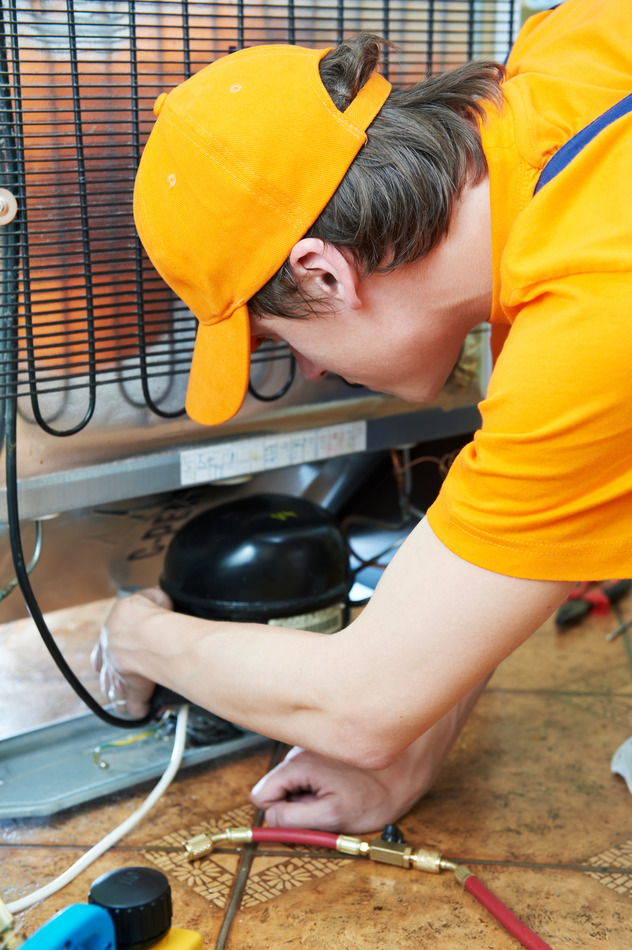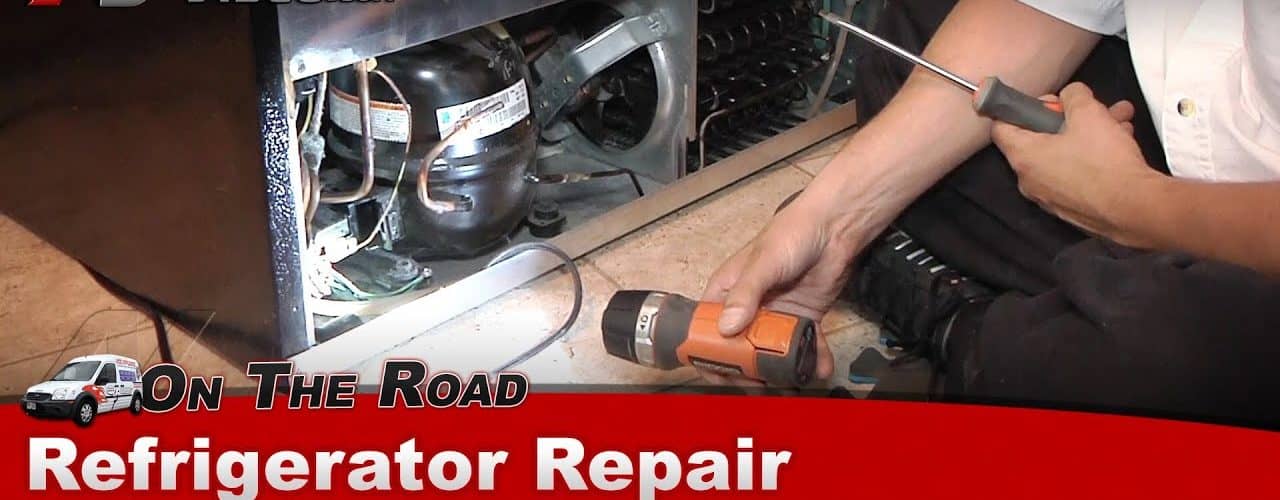
There are many appliances that are essential for a well-functioning kitchen. However, some are easier to trouble-shoot than others. If your refrigerator isn’t cooling, this is a major problem. It doesn’t take more than a day or so for your entire stock of perishable foods to spoil. This costs money and is a huge hassle. Because of this, you need to know how to fix a refrigerator that is not cooling. This is one of the most common malfunctions of a refrigerator. By going through this trouble-shooting process, you may actually determine that you can fix the problem without calling in a repair person and incurring undue expenses.
Start With the Basics
Before you start taking apart the refrigerator and removing parts, you should check the more obvious reasons for why the refrigerator may not be cooling. These include things like seals and gaskets. If you shut the door and the light stays on, it’s a fairly good bet that the cool air is escaping through the door. Another indication of a seal problem is being able to visibly detect things like cracks or rips in the seals. Seals are inexpensive to replace, and the installation process is fairly straightforward. Also, if the freezer compartment is quite cool, and the fan is obviously blowing, check the regulator that directs cool air to the fridge. These are problems that should not require professional intervention.
Look at the Fan
Another common problem when a refrigerator is not cooling is the fan. The fan is what directs the cooled air to the various parts of the refrigerator. Usually, extremely cold air is deposited into the freezer compartment; as the fridge section needs more cooling, the air is directed to that compartment via a simple fan. When the fan malfunctions, the cold air can not move around the unit as intended, leading to a fridge that is not cooling properly.
Fans can malfunction for several reasons. In some instances, it could be that there is ice stuck in the fan blades. In order to test for this, defrost the refrigerator. If the fan starts running normally, you are in luck. If not, the resulting torque has probably blown the motor and the fan will need to be replaced. Replacing a fan is quite simple. Be sure that you have your model number on hand to ensure that the correct part is ordered. Also, while waiting for the part, you may be able to protect perishables, such as milk, in the freezer compartment. Without the fan, it will stay warmer than the freezer is supposed to be, but cooler than the fridge area.
Once you receive the fan, locate the area where the old fan is installed- generally it is behind a panel at the back of the freezer compartment. Unplug the entire refrigerator so that no electricity is present. Remove the panel covering the fan, remembering how it was placed. Unscrew the old motor and fan and install the new one. Replace the back panel and plug the unit back in. This is a simple repair that you can accomplish on your own.
Check Cooling Components
If changing the fan does not fix the refrigerator, you might have a bigger problem. Things like coils can become clogged. In some instances, the actual cooling unit malfunctions, wears out or runs out of coolant. To determine if there is a cooling problem, locate the area where the coolant is activated; this is usually on the back of the refrigerator. You should be able to put your hand on that area and feel whether it is cooling down as your fridge cycles on and off. If the coils are cooling, than another problem is likely. If you don’t feel any cooling, look at your manual to ensure that you are assessing the right area. It is not recommended that you attempt to repair the cooling portion of the fridge. In this instance, professional assistance is advisable.
<>


really great ideas… thanks.
is there anything else that controls the evaporator fan to come on other than when the compressor is running
Thanks for the great ideas. It sure sounds like I need a new fan
refrigerator section is warm freezer is fine
dorm type ref, just as you said freezer is find refrigerator is not
changed fan compressor, refrigerator is still not cooling